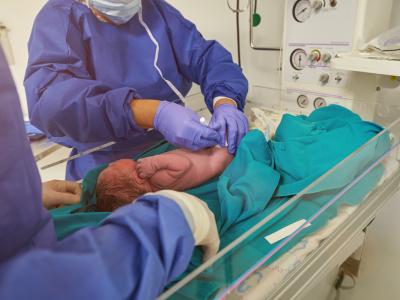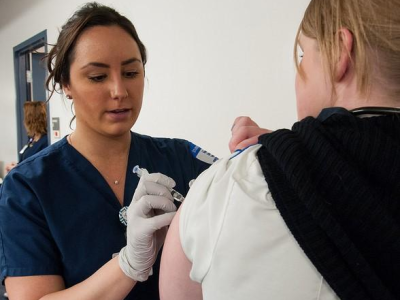Cambodia’s health ministry today reported a seventh human H5N1 avian flu case for the month of June, a 36-year-old woman from the same province as the last three cases, part of an ongoing rise in illnesses with several linked to a new reassortant.

The new confirmation lifts the country’s total to 11 cases so far this year, of which 7 were reported in June. Like the most recently reported cases, the woman is from Siem Reap province in the central part of the country, according to a health ministry Facebook announcement translated and posted by Avian Flu Diary, an infectious disease news blog.
Officials, however, said she lives in a different village than the most recent three cases, a woman and her teenaged son and their neighbor, a 41-year-old woman. The woman’s village is nearly two miles from the village where the other patients live.
The latest patient is currently receiving treatment in an intensive care unit. An investigation found that she had sick and dead chickens at her home and had touched and buried them. Similar poultry contact has been noted for most Cambodian patients, among whom the infections are often severe or fatal.
More details on yet-announced earlier case
Cambodia said 11 cases have been reported this year, but only 10 have apparently been publicly announced. A few more details surfaced today about the unannounced case, which appears to be a 19-month-old boy from Takeo province who died from his infection, according to a line list in a weekly avian flu update from Hong Kong’s Centre for Health Protection (CHP). The group said the case was reported on June 30.
Also, a weekly avian flu update from the World Health Organization (WHO) Western Pacific region office said the boy’s infection was one of two from Takeo province for the week ending June 26 and that his illness onset date was June 7.
.jpg)










